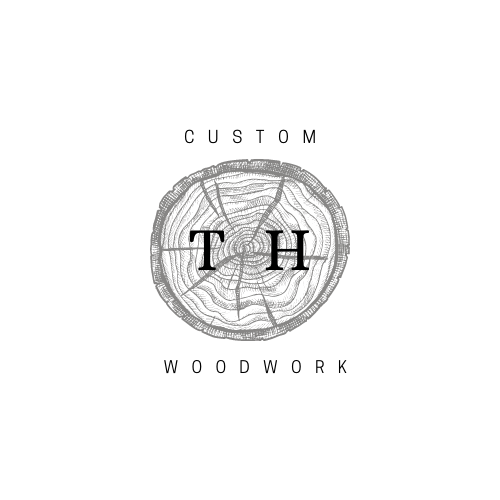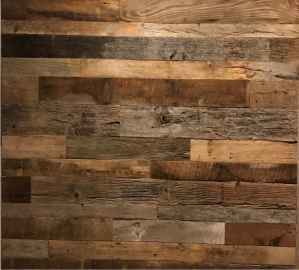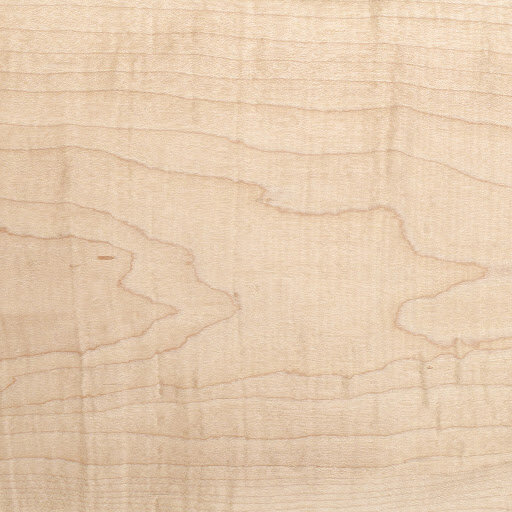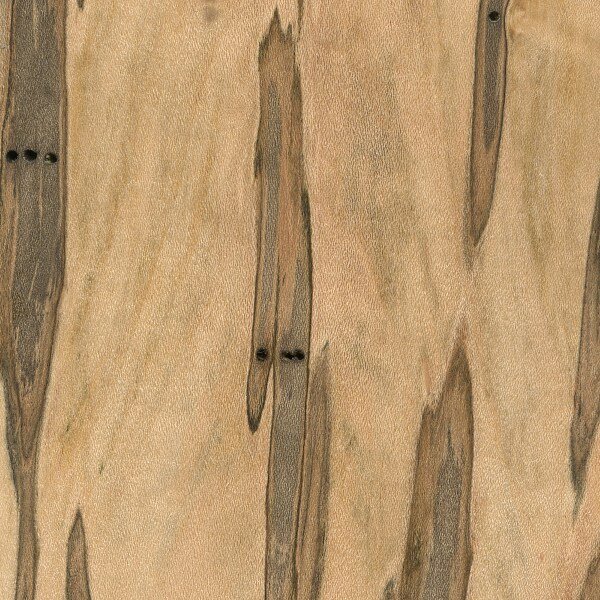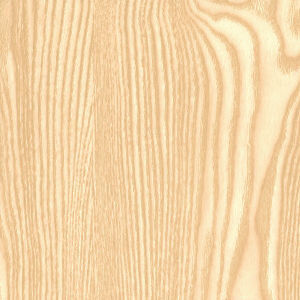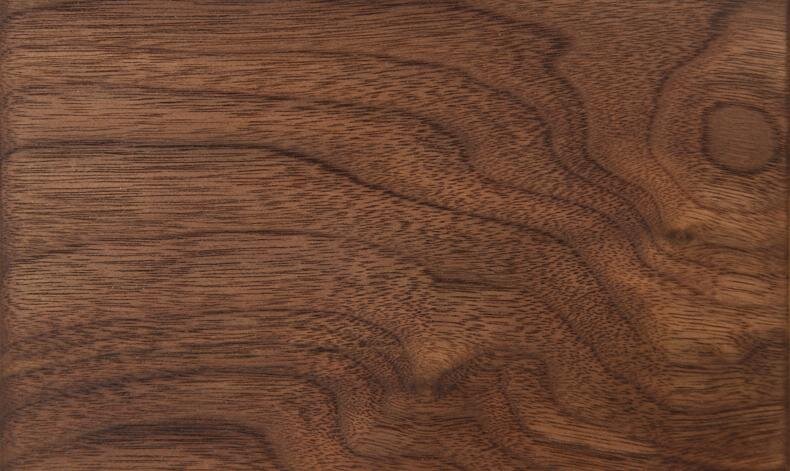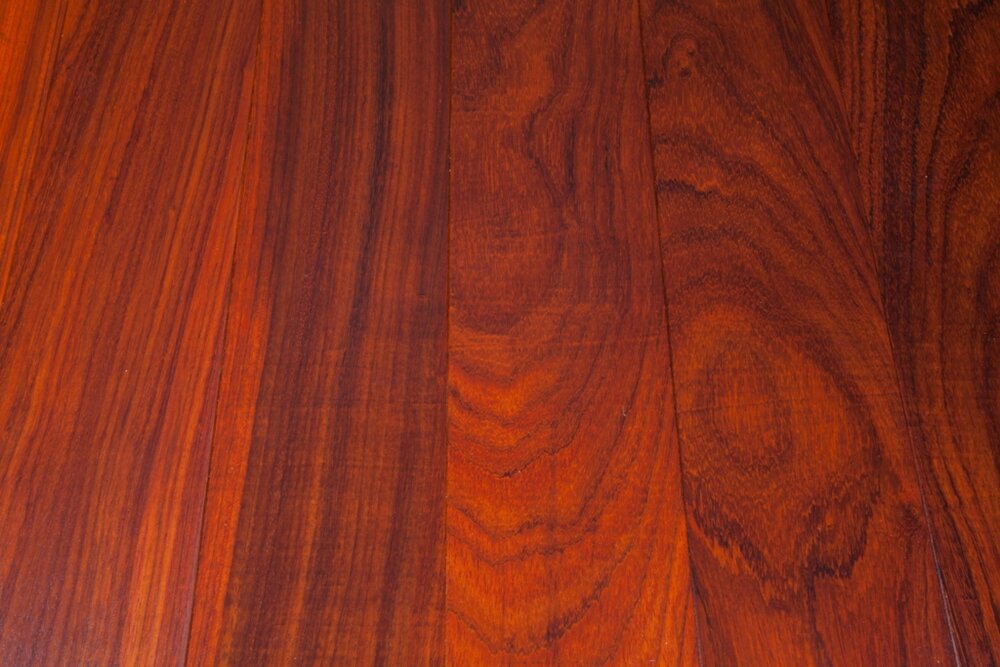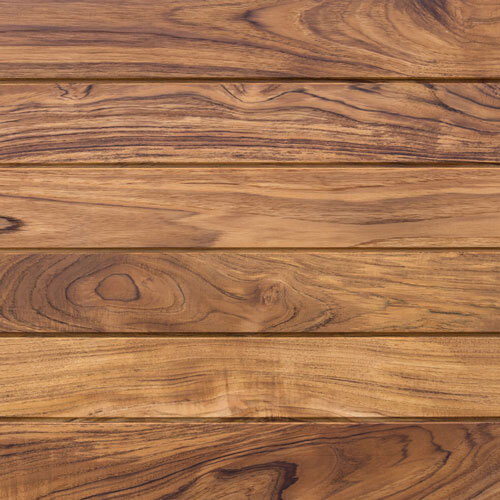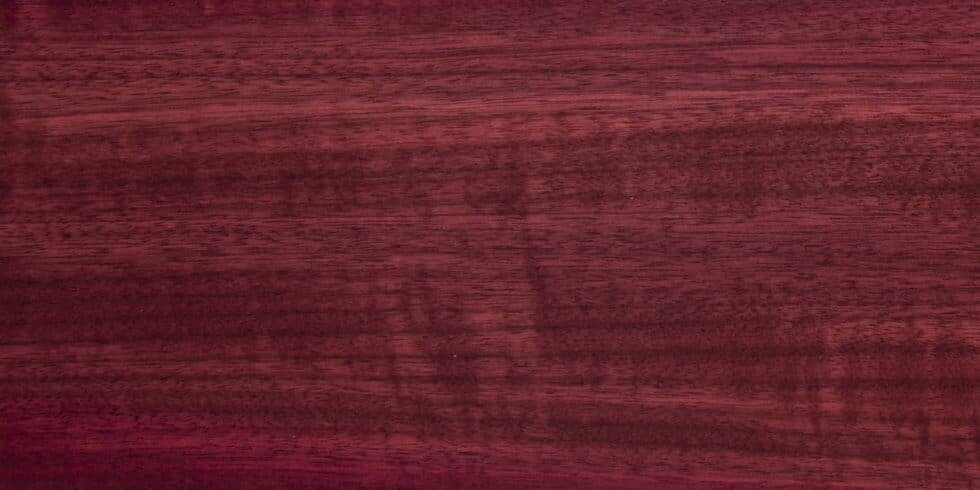Wood Species
Choosing Your Type of Wood
When starting your custom piece of furniture, first and foremost wood type will be a huge decision. Design will dictate the general direction you go but once you have decided on the look, wood type and species will offer a variety of options
Reclaimed, Native Species or Exotic?
Reclaimed
If you are looking for a rustic look, reclaimed wood will be your best bet. This could come in the form of barnwood, fence rails, beams from old homes and more. Typically I use mostly barnwood from local barns that were torn down within a 100km radius of my shop.
This wood comes in a variety of colours from grey board for a very elegant look to rustic brown board for a stunning feature. Widths and thicknesses vary greatly with each board needing its own review to see where it could be used best. The most common uses for reclaimed wood are accent walls, tables and mantles but that is by far not the total list. Pretty much anything you make with new wood could, be done with just the right piece of reclaimed wood.
The best part of reclaimed wood is that each piece is filled with centuries of character. From the axe marks that were left from farmers hewing their own beams to the deep rich colours from being exposed to the elements for generations. Each piece is unique and will bring warmth to your custom piece of furniture
Native Species
If reclaimed wood is not your look and you want a cleaner more refined look while keeping it natural, Native species of wood may be the route you want to take. Ontario is home to many beautiful species of wood each with their own look that can compliment any space.
I often use in my builds Pine, Cedar, Hard Maple, Ambrosia Maple, Ash, Cherry, White Oak, Butternut and Walnut. Each species has its own colouring and hardness that will affect your decision. Below are many of the commonly used woods in our shop with a brief description showcasing its positive and negatives.
—————————————————————————————————————————————————————————————————————————-
Pine – Pine is a lumber we typically use if we are going for a cleaner rustic look. This would be the case when we don’t want to use reclaimed wood but still are going for the farmhouse style on a budget. Pine is a light weight material and can dent fairly easily so it is not recommended for tables and other items that will see heavy abuse
Cost: $
Cedar – This is our go to species for outdoor projects. Naturally rot resistant, it holds up extremely well in the element. Over the years, any face that is exposed to the weather will develop a beautiful grey sheen that is often sought after. Another huge benefit when using cedar is that it smells amazing. If you have ever been in a sauna, you will know this to be true.
Cost: $$
Hard Maple – A timeless option when choosing material for a hardwood project. Maple can come in perfectly straight grained pieces or on occasion, it develops a wavy grain which makes it almost shimmer in the light. Hard Maple is best suited to a natural finish as it does not take stain well
Cost: $$$
Ambrosia Maple – Also known as wormy maple due to the small holes left behind by the Ambrosia beetle which create the beautiful streaks of colour throughout. This maple is softer than Hard maple but is just as good for furniture pieces. It also accepts stain well and can be less expensive than other woods
Cost - $$$
Ash – Ash is favourite around my shop, the grain pattern is incredible and due to the Emerald Ash Borer, you can potentially find some massive slabs perfect for tables. While it is abundant now, once all the dead trees are cleared there may not be much left. Ash also accepts stain well.
Cost - $$
Cherry – A durable reddish wood that is often very straight grained and stable. Cherry really shines when you are going for a deep reddish brown colour to bring warmth to your room. As the wood “cures” after being finished it turns a deep orange/amber look with a beautiful luster. A classy choice of wood
Cost - $$$
White Oak – White Oak is another one of my favourites. If you are lucky enough to get a few slabs that can be turned into live edge tables I would highly recommend doing so. White Oak has been typically used more so over the years in boatbuilding and in coopering but now is coming on the scene as a beautiful option for furniture. A light brown tone with incredible grain, shelving, tables and pretty much any piece could benefit from being white oak.
Cost - $$$
Butternut – Also referred to as white walnut, this species has harder to come by and is protected in the region. However when a tree is dead and once all the permits are passed for it to be remove, Butternut has a beautiful amber colour. Butternut is a bit on the softer side for hardwoods but still makes beautiful pieces
Cost - $$$$
Walnut – If you are going for dark and stunning, Black Walnut is your guy. Live edge walnut tables have been all the rage as well as every other piece of furniture you can think of. Furniture from Black Walnut is durable and beautiful. So much so that I have planted a mini Black Walnut plantation on our property. We are up to about 40 of them now but likely I wont see the return in my lifetime or even my children. This is a premium hardwood and the price reflects that, however the finished piece will definitely show you why in its beauty.
Cost - $$$$
Exotic Species:
These woods are not commonly seen in our shop. They come from places like South America, Asia, Africa and Australia. Shipping and harvesting costs are high and the environmental toll is often heavy due to lack of regulation. Exotics were often used in the past such as teak and mahogany to portray wealth and luxury but in recent years, have fell to the wayside as environmentally conscious buyers choose to use locally sourced options.
With that being said, you can find ethical exotic lumber at times and these woods are quite often incredibly beautiful. Exotics offer colours rarely seen in North America as well as wild grain patterns. This make them great for small items that are a memento and the occasional large table. A few exotic species for reference are below.
In the End…
What lumber you choose will depend on its function look and most important of all, your vision for your piece! This is a fun part of the project so take your time, talk with me to see what your options are and we can build you the perfect piece together!
